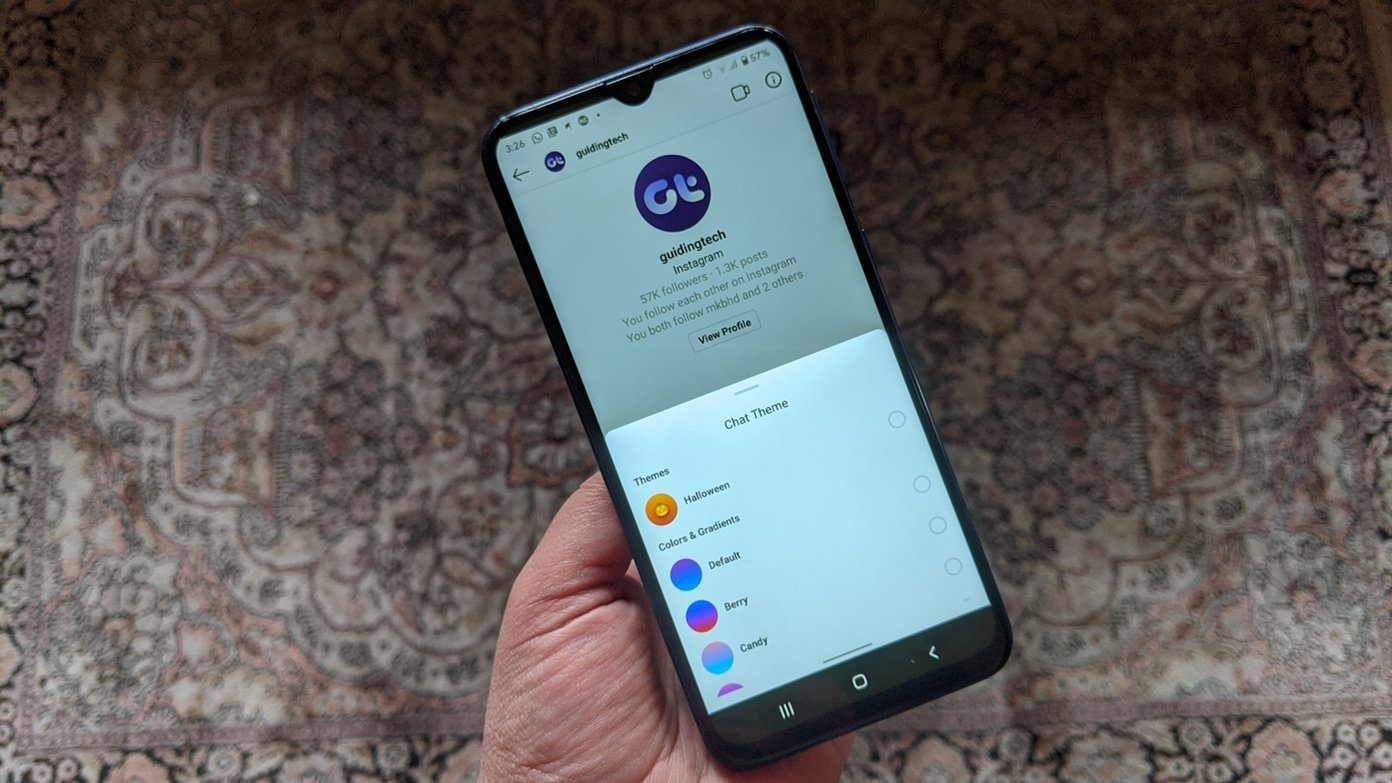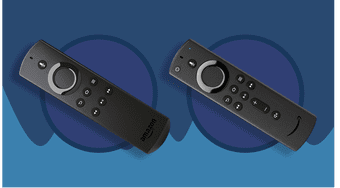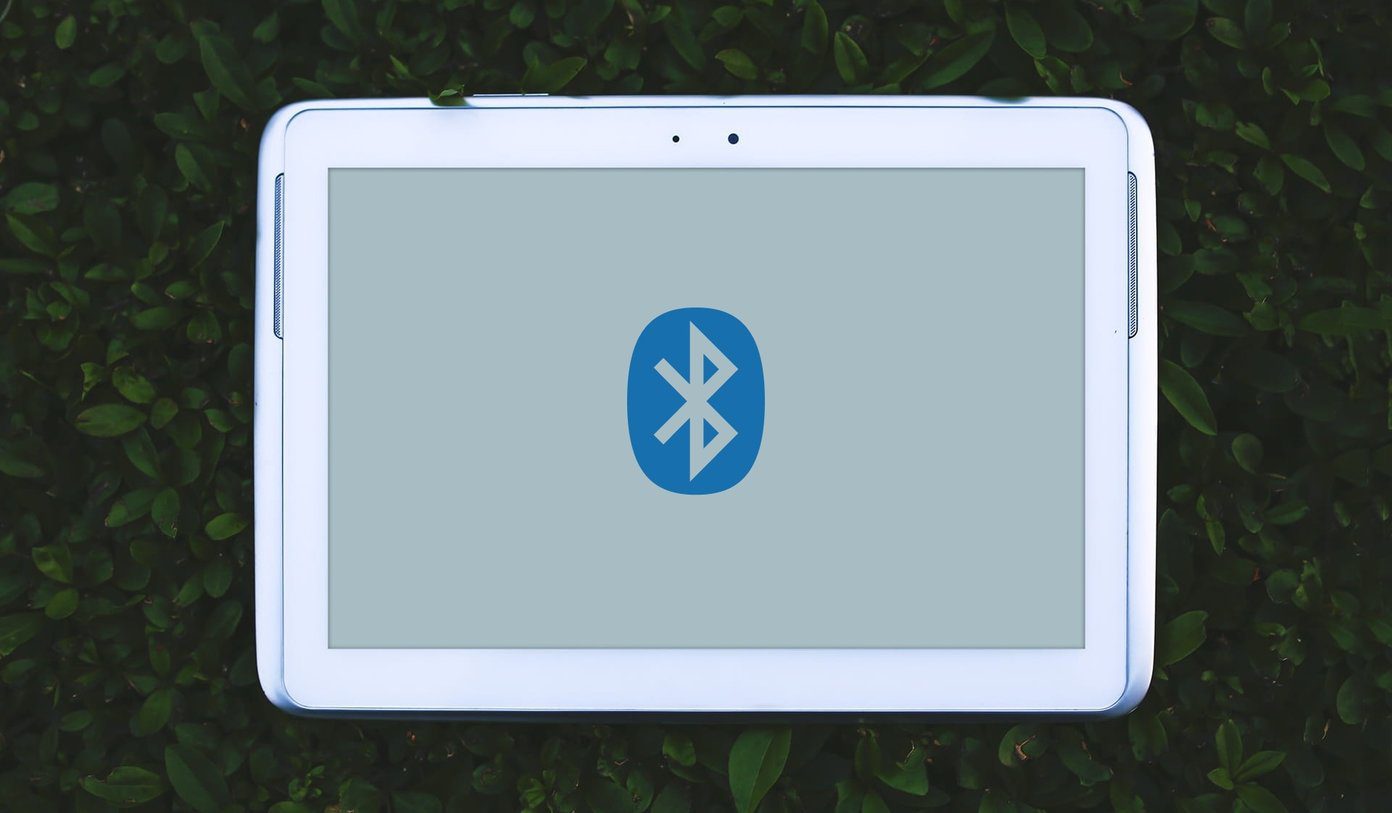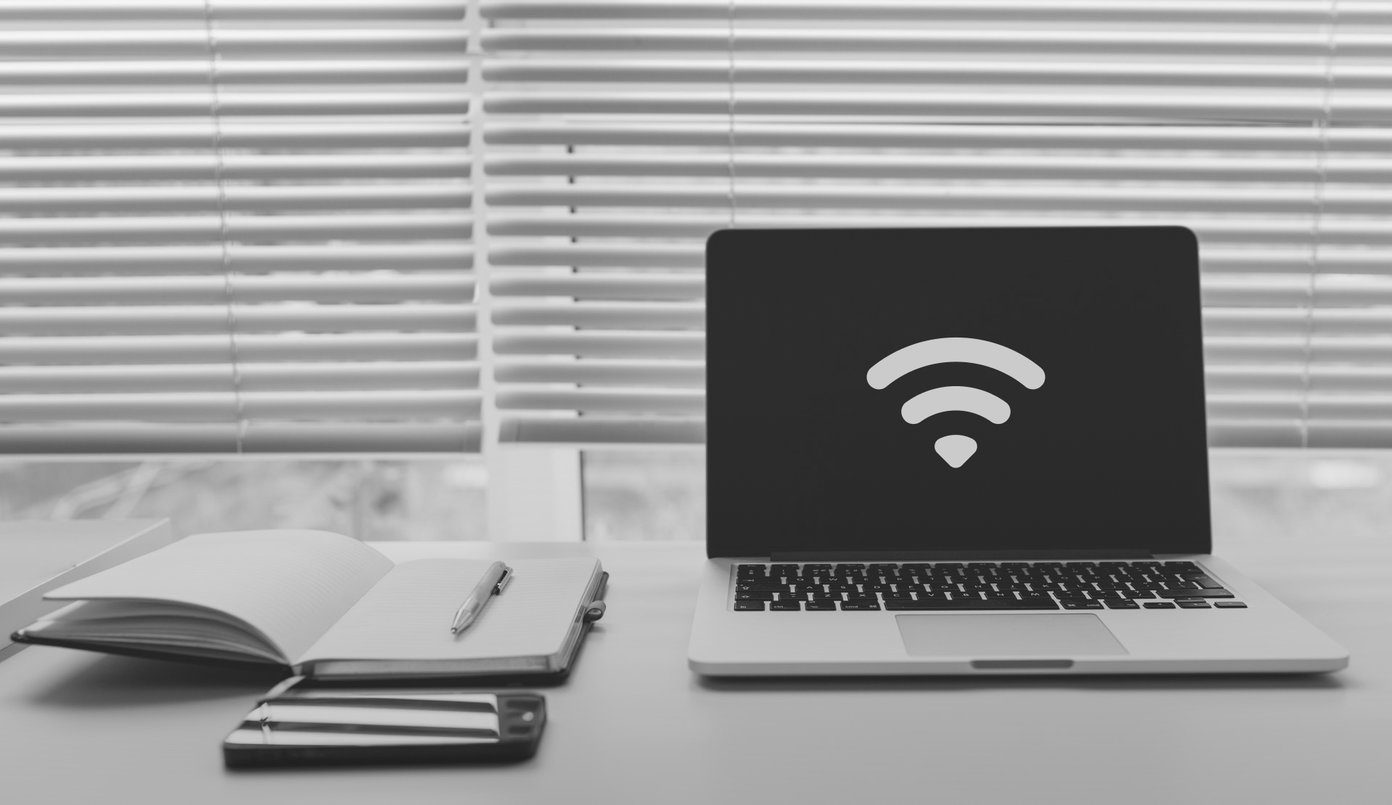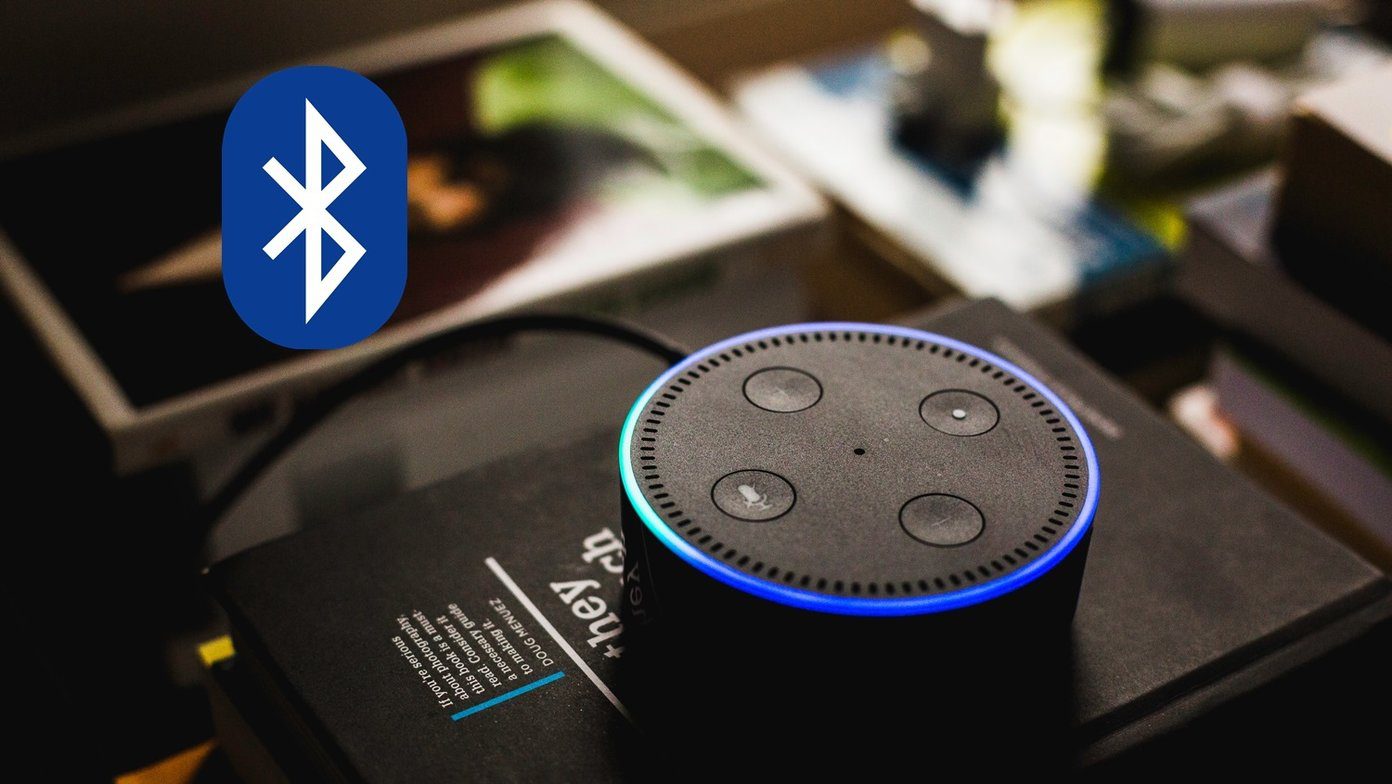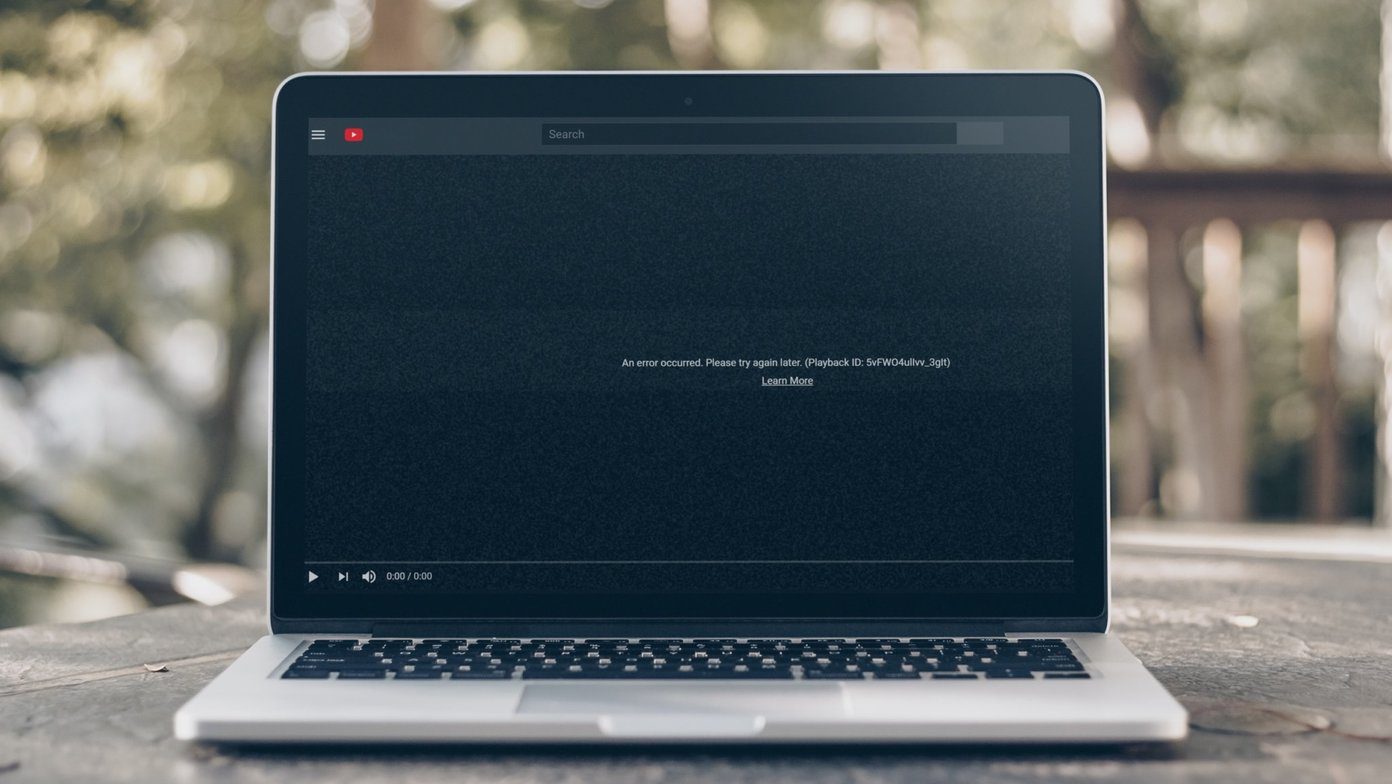In many instances, the problem is from your router, not your iPhone. Therefore, before you proceed to the troubleshooting solutions in this guide, check that your router is switched on and transmitting data correctly. Restarting your iPhone could also help fix whatever the issue is. Additionally, check that your iPhone hasn’t been blocked or blacklisted from the Wi-Fi network. If you’re subscribed to a capped internet plan, there’s the possibility of experiencing this issue if you’ve exhausted your internet bandwidth, or if the internet service provider is experiencing downtime. In this case, you should check the status of your internet plan or contact your service provider to confirm if everything is fine on their end. If your iPhone is still not connecting to Wi-Fi after running these preliminary checks, then you can try out the solutions listed below.
1. Re-Enable Wi-Fi
Turn on your iPhone’s Wi-Fi and turn it back off. Do this a couple of times and check if your phone now detects available Wi-Fi networks. You can disable and enable Wi-Fi from the Control Centre or navigate to Settings > Wi-Fi and toggle off Wi-Fi. Wait for a couple of seconds and toggle it back on. If Wi-Fi still doesn’t detect available networks, try other fixes below.
2. Enable Auto-Join
When you enable auto-join for Wi-Fi network, you save a lot of time to manually flick that Wi-Fi option on your iPhone. So enabline it will connect your iPhone to a previously connected network automatically. Next, toggle on the Auto-Join option. Turn off your device’s Wi-Fi, turn it back on, and your iPhone will automatically connect to the network. Easy-peasy. If this doesn’t do the trick, move to method #3 below.
3. Forget Wi-Fi Network
What if your iPhone doesn’t comply with the auto-join option? Well, in that case you’ll have to make your iPhone ‘forget’ that previously connected network and reconnect it. On the Wi-Fi settings menu (Settings > Wi-Fi), tap the information (i) icon next to the Wi-Fi network(s) in the My Networks section and select ‘Forget This Network’. Now, go back to the Wi-Fi settings menu, enter the network credentials, and rejoin the network. You should also make sure that you input the correct network credentials.
4. Disable Airplane Mode
When you enable Airplane Mode on your iPhone, it will disable Wi-Fi on devices running iOS 13 or lower. Toggle off Airplane Mode from the Control Center or Settings menu. If Wi-Fi still doesn’t work, toggle on Airplane Mode, wait for a couple of seconds and turn it back off. Wi-Fi still not working? Try the next troubleshooting solution below.
5. Reset Network Settings
Resetting network settings can help to fix problems relating to Wi-Fi, Bluetooth, and cellular data on your iPhone. If your iPhone isn’t connecting to Wi-Fi, follow the steps below to reset its network settings. Step 1: Launch the iPhone Settings menu and select General. Step 2: Scroll to the menu and select Reset. Step 3: Next, select ‘Reset Network Settings.’ Step 4: Enter your iPhone’s passcode and tap ‘Reset Network Settings’ on the prompt to proceed. Note: Resetting your iPhone’s network settings will erase all Wi-Fi networks stored on your device. This means you’ll be required to (re)enter the credentials/passwords for both new and old Wi-Fi networks.
6. Reset All Settings
If your iPhone still doesn’t connect to Wi-Fi networks after resetting network settings, step the troubleshooting up a notch by resetting all settings. As explained in this guide, this reset option will erase all your device’s settings (re: display, sound, notifications, etc.) except your personal data and media files. To reset all settings on your iPhone, go to Settings > General > Reset > Reset All Settings. Enter your device’s passcode and tap ‘Reset All Settings’.
7. Update iOS
The inability of your iPhone to connect to Wi-Fi could also be due to a bug present in your device’s operating system. Some iPhone users, for example, reported that their device’s Wi-Fi was greyed out after a recent OS update. Interestingly, the issue was fixed in subsequent OS updates. If you’re facing similar issues on your iPhone, you should update its OS to the latest version. Go to Settings > General > Software Update to install the latest iOS version on your iPhone.
Get Connected
Factory-reset your iPhone if none of the troubleshooting methods listed above work. And if restoring to factory default proves abortive, you should consider taking your iPhone to an Apple-authorized repair center as the issue could be hardware-related — perhaps, a faulty or damaged Wi-Fi antenna. You could also contact Apple Support for some help. Next up: Are you unable to surf the internet and use apps because cellular data is not working on your iPhone? Read the guide below to fix the issue and get back on the internet. The above article may contain affiliate links which help support Guiding Tech. However, it does not affect our editorial integrity. The content remains unbiased and authentic.


















